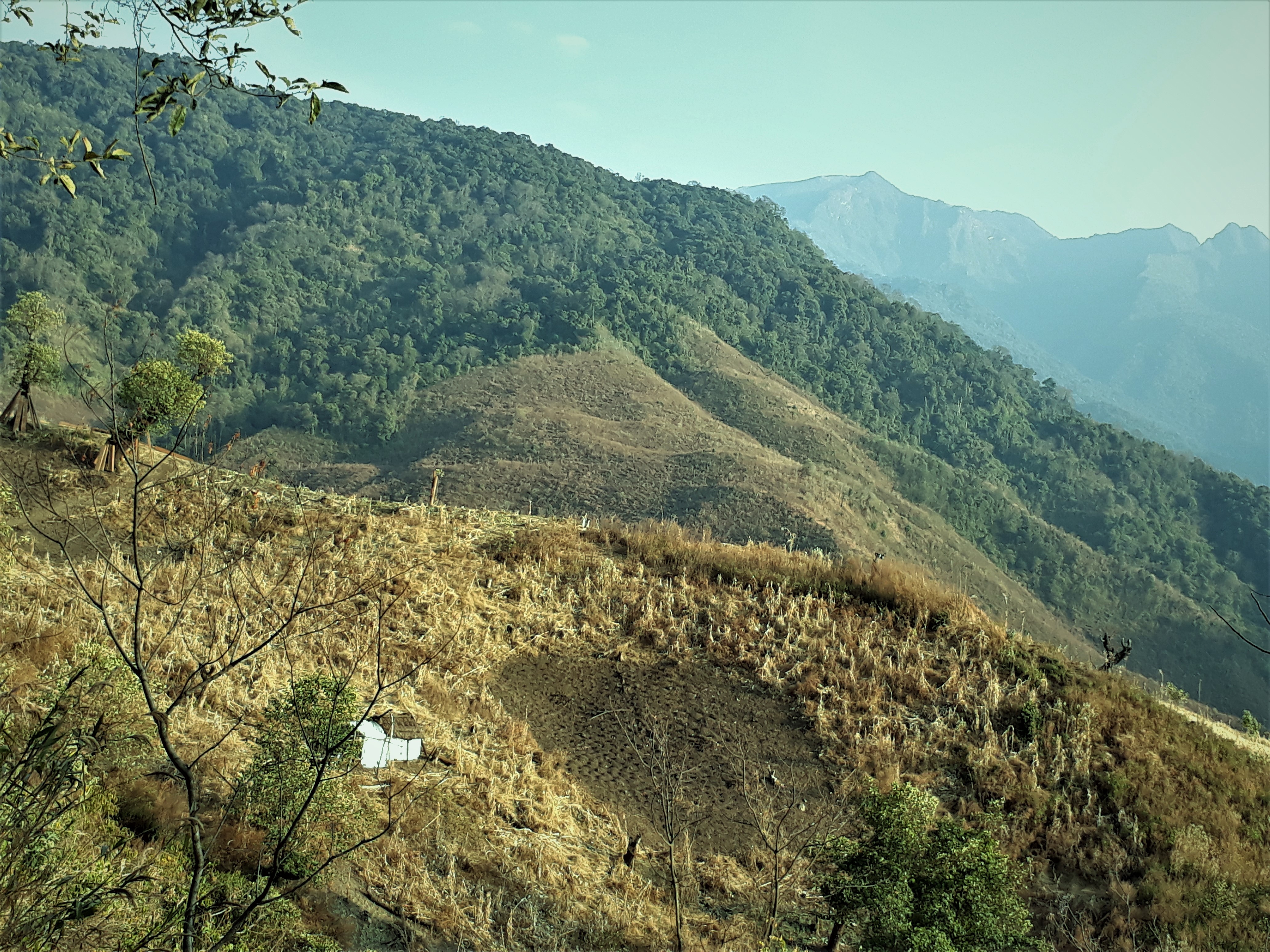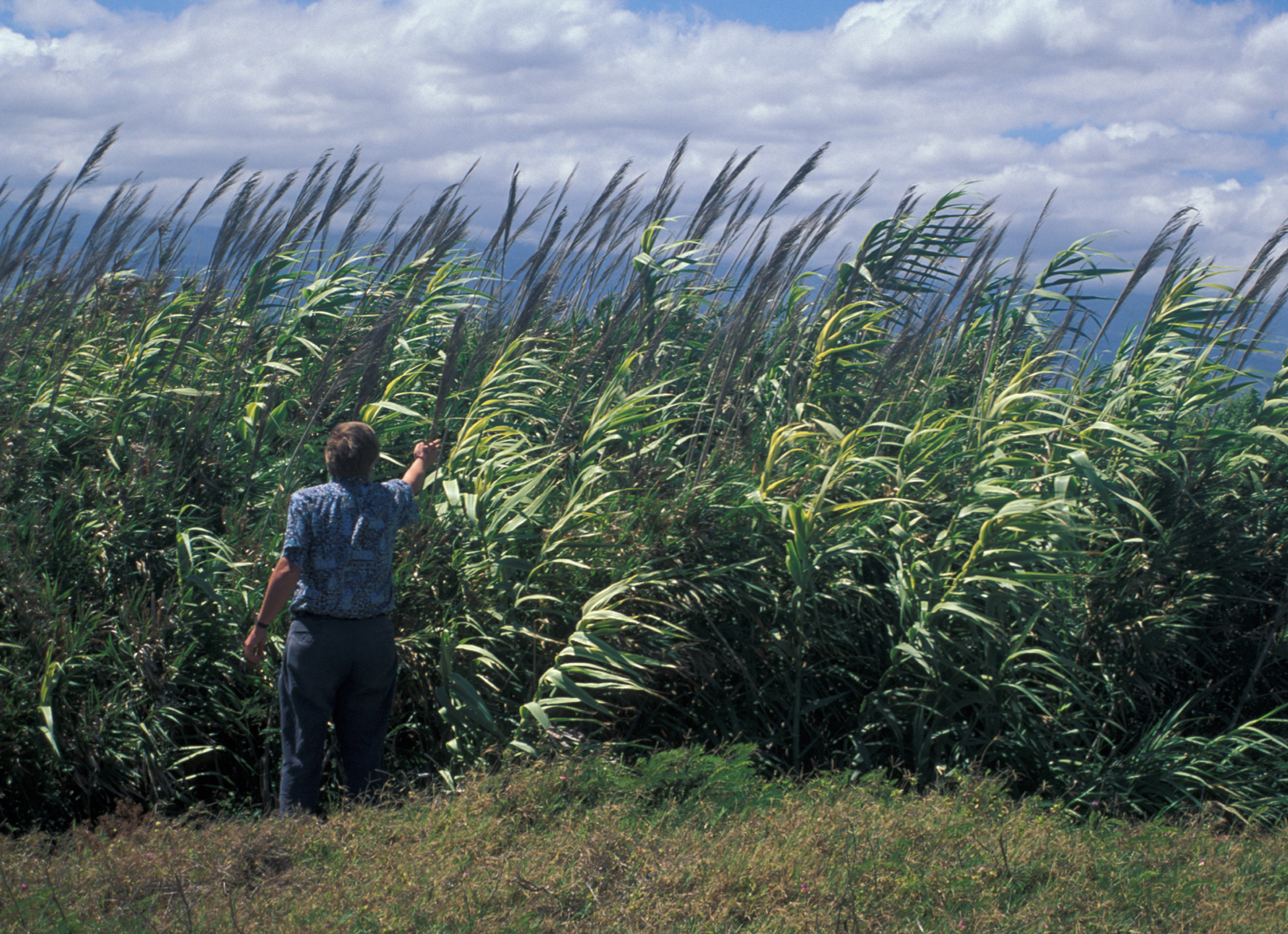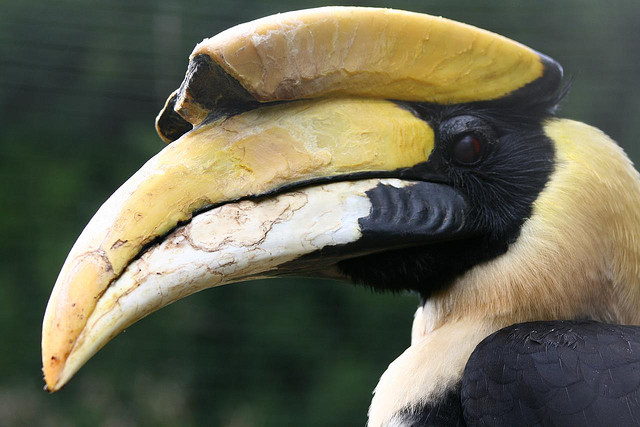|
Yimkhiung
Yimkhiung (formerly formally misspelled as Yimchunger) is a Naga ethnic group whose traditional territory includes Shamator and Kiphire District in the Indian state of Nagaland and western areas of Burma. Etymology The word Yimkhiung means "the ones who have reached their place of choice". They are also known as the Yachumi (also Yatsumi or Yachimi), which is a Sümi-influenced name. The Khiamniungans call Mongtsohai. The Chang's call Yamshong. While the Sangtam call them as Yachungre. History According to the Yimkhiung tradition, the ethnic group emerged at a village called Moru and then came to Jure (or Chiru) village. The Yimkhiungs and the Khiamniungans are believed to have migrated to the present-day Nagaland from Upper Burma as one group, in one wave. They separated into two groups at the Moru village. Migration Source: Archives of Arts and Culture Department. Government of Nagaland The Yimkhiungs, like any other Naga ethnic group has no written record of its ... [...More Info...] [...Related Items...] OR: [Wikipedia] [Google] [Baidu] |
Nagaland
Nagaland () is a landlocked state in the northeastern region of India. It is bordered by the Indian states of Arunachal Pradesh to the north, Assam to the west, Manipur to the south and the Sagaing Region of Myanmar to the east. Its capital city is Kohima and its largest city is Dimapur. The state has an area of with a population of 1,980,602 as per the 2011 Census of India, making it one of the smallest states in India.Census of India 2011 Govt of India Nagaland became the 16th state of India on 1 December 1963. It is home to a rich variety of natural, cultural and environmental resources. Nagaland is a mountainous state and lies between the parallels of 95 and 94 degrees east longitude and 25.2 and 27.0 degrees latitude north. The high-profile [...More Info...] [...Related Items...] OR: [Wikipedia] [Google] [Baidu] |
Kiphire District
Kiphire District (Pron:/ˈkɪfɑɪə/) is a district in the Indian state of Nagaland. At , the district is the tenth-most populous district of Nagaland and 625th most populous district in India with 74,004 inhabitants. The district is home to 3.74% population of Nagaland. The district headquarters is at Kiphire, 230 kilometres from state-capital Kohima. It is the fourth most backward district in India, according to the 2018 NITI Aayog rankings. History Kiphire district was carved out of Tuensang district in 2003. It became the eleventh district of Nagaland after it was carved out. An administrative headquarters at Kiphire was created on 16 June 1952 after surveys were done to open more administrative headquarters. The district was formally created in 2003 with 7 subdivisions, namely, Seyochung, Pungro, Amahator, Kiphire Sadar, Longmatra, Sitimi and Kiusam. Another subdivision, namely, Khongsa was carved out of Pungro subdivision taking the total number of subdivisions of Ki ... [...More Info...] [...Related Items...] OR: [Wikipedia] [Google] [Baidu] |
Yimkhiungrü Language
Yimkhiungrü, also Yachumi (Yatsumi) in Sümi, is a Sino-Tibetan language spoken in northeast India by the Yimkhiung Naga people. It is spoken between Namchik and Patkoi in Shamator District, eastern Nagaland, India. Yimkhiungrü language has more than 100,000 speakers and is used in over 100 villages and towns. Dialects ''Ethnologue ''Ethnologue: Languages of the World'' (stylized as ''Ethnoloɠue'') is an annual reference publication in print and online that provides statistics and other information on the living languages of the world. It is the world's most comprehensiv ...'' lists the following dialects of Yimchungrü: * Tikhir * Wai * Chirr * Minir * Phanungru * Langa References Further reading *Kumar, Braj Bihari. (1973). ''Hindi–Yimchungrü–English dictionary.'' Kohima, India: Nagaland Bhasha Parishad. *(2004). Where on earth do they speak Naga, Yimchungru? Retrieved from http://www.verbix.com/maps/language/NagaYimchungru.html External links Yimchungrü ... [...More Info...] [...Related Items...] OR: [Wikipedia] [Google] [Baidu] |
Naga People
Nagas are various ethnic groups native to northeastern India and northwestern Myanmar. The groups have similar cultures and traditions, and form the majority of population in the Indian states of Nagaland and Manipur and Naga Self-Administered Zone of Myanmar; with significant populations in Arunachal Pradesh and Assam in India; Sagaing Region and Kachin State in Myanmar (Burma). The Nagas are divided into various Naga ethnic groups whose numbers and population are unclear. They each speak distinct Naga languages often unintelligible to the others, but all are somehow in a way loosely connected to each other. Etymology The present day Naga people have been called by many names, like 'Noga' by Assamese, 'Hao' by Manipuri and 'Chin' by Burmese. However, over time 'Naga' became the commonly accepted nomenclature, and was also used by the British. According to the Burma Gazetteer, the term 'Naga' is of doubtful origin and is used to describe hill tribes that occupy the count ... [...More Info...] [...Related Items...] OR: [Wikipedia] [Google] [Baidu] |
Shamator District
Shamator District is the 16th district of the Indian state of Nagaland. It was created on 19 January 2022 and was officially inaugurated on 4 March 2022. The district headquarter is located in the town of Shamator. History Shamator District was created on 19 January 2022 as the 16th district of Nagaland. The new district has the same boundaries as the former Shamator sub-division of Tuensang District. Demographics According to the 2011 census of India the then Shamator circle of Tuensang District had a population of 12,726. Shamator circle had a sex ratio of 988 females per 1000 males and a literacy rate of 66.25%. Scheduled Tribes make up 99.03% of the population. The majority of the inhabitants are the Tikhir and Yimkhiung Nagas. Towns and villages * Chassir (601), Lasikiur (242), Liangkonger (785), Muleangkiur (887), Sangphur (2,314), Shamator Hq (4,257), Shamator Village (1,159), Waphur (996), Yakor (1,078). Religion Christianity is the major religion here, with ... [...More Info...] [...Related Items...] OR: [Wikipedia] [Google] [Baidu] |
Cane (grass)
Cane is any of various tall, perennial grasses with flexible, woody stalks from the genera ''Arundinaria'', Scientifically speaking, they are either of two genera from the family Poaceae. The genus ''Arundo'' is native from the Mediterranean Basin to the Far East. The genus Arundinaria is a bamboo (''Bambuseae'') found in the New World. Neither genus includes sugarcane (genus ''Saccharum'', tribe Andropogoneae). Cane commonly grows in large riparian stands known as canebrakes, found in toponyms throughout the Southern and Western United States The Western United States (also called the American West, the Far West, and the West) is the region comprising the westernmost states of the United States. As American settlement in the U.S. expanded westward, the meaning of the term ''the Wes ...; they are much like the tules (''Schoenoplectus acutus'') of California. Depending on strength, cane can be fashioned for various purposes, including walking sticks, crutches, assistive ... [...More Info...] [...Related Items...] OR: [Wikipedia] [Google] [Baidu] |
Engagements
An engagement or betrothal is the period of time between the declaration of acceptance of a marriage proposal and the marriage itself (which is typically but not always commenced with a wedding). During this period, a couple is said to be ''fiancés'' (from the French), ''betrothed,'' ''intended'', ''affianced'', ''engaged to be married,'' or simply ''engaged''. Future brides and grooms may be called ''fiancée'' (feminine) or ''fiancé'' (masculine), ''the betrothed'', a ''wife-to-be'' or ''husband-to-be'', respectively. The duration of the courtship varies vastly, and is largely dependent on cultural norms or upon the agreement of the parties involved. Long engagements were once common in formal arranged marriages, and it was not uncommon for parents betrothing children to arrange marriages many years before the engaged couple were old enough. This is still done in some countries. Many traditional Christian denominations have optional rites for Christian betrothal (also ... [...More Info...] [...Related Items...] OR: [Wikipedia] [Google] [Baidu] |
Millet
Millets () are a highly varied group of small-seeded grasses, widely grown around the world as cereal crops or grains for fodder and human food. Most species generally referred to as millets belong to the tribe Paniceae, but some millets also belong to various other taxa. Millets are important crops in the semiarid tropics of Asia and Africa (especially in India, Mali, Nigeria, and Niger), with 97% of millet production in developing countries. This crop is favored due to its productivity and short growing season under dry, high-temperature conditions. Millets are indigenous to many parts of the world. The most widely grown millets are sorghum and pearl millets, which are important crops in India and parts of Africa. Finger millet, proso millet, and foxtail millet are also important crop species. Millets may have been consumed by humans for about 7,000 years and potentially had "a pivotal role in the rise of multi-crop agriculture and settled farming societies." Descript ... [...More Info...] [...Related Items...] OR: [Wikipedia] [Google] [Baidu] |
Hornbill Festival
The Hornbill Festival is an annual festival celebrated from 1 to 10 of December in the Northeastern Indian state of Nagaland. The festival represents all ethnic groups of Nagaland for which it is also called the ''Festival of Festivals''. Background The state of Nagaland is home to several ethnic groups, which have their own distinct festivals. More than 60% of the population of Nagaland depends on agriculture and therefore most of their festivals revolve around agriculture. The Nagas consider their festivals sacred, so participation in these festivals is essential. To encourage inter-ethnic interaction and to promote cultural heritage of Nagaland, the Government of Nagaland organizes the Hornbill Festival every year in the first week of December. The first festival was held in December 2000. [...More Info...] [...Related Items...] OR: [Wikipedia] [Google] [Baidu] |
Government Of Nagaland
The Government of Nagaland also known as the State Government of Nagaland, or locally as State Government, is the governing authority of the India state of Nagaland and its 16 districts. It consists of an executive, led by the Governor of Nagaland, a judiciary and a legislative branch. Kohima is the capital of Nagaland, and houses the Vidhan Sabha (Legislative Assembly) and the secretariat. Executive Like other states in India, the head of state of Nagaland is the Governor, appointed by the President of India on the advice of the Central government. His or her post is largely ceremonial. The Chief Minister is the head of government and is vested with most of the executive powers. The Nagaland State Government declared the year, 2016 as the 'Year of the Construction Workers'. Legislative The present Nagaland Legislative Assembly is unicameral, consisting of 60 Member of the Legislative Assembly (M.L.A). Its term is 5 years, unless sooner dissolved. Judicial The Guwahati High ... [...More Info...] [...Related Items...] OR: [Wikipedia] [Google] [Baidu] |
Naga Female By Retlaw Snellac
Naga or NAGA may refer to: Mythology * Nāga, a serpentine deity or race in Hindu, Buddhist and Jain traditions * Naga Kingdom, in the epic ''Mahabharata'' * Phaya Naga, mythical creatures believed to live in the Laotian stretch of the Mekong River * Naga, another name for Bakunawa, a sea serpent deity in Filipino mythology Clans and ethnic groups * Naga people, an ethnic group of northeast India and northwest Burma * Nagas of Padmavati, a royal dynasty of the 3–4 centuries AD * Naga Rajputs, a group of Rajput clans * Naga people (Lanka), an ancient tribe of Sri Lanka * Naga Sadhus, Hindu ascetics of the Himalayas Hot peppers * Naga Morich * Bhut jolokia * Naga Viper pepper Organizations * Naga Regiment, an infantry regiment of the Indian Army * North American Grappling Association * North American Guqin Association * National African American Gun Association People * Prince Naga (c. 8th century), Japanese prince * Tarek Naga (born 1953), Egyptian architect * Nagarjuna (ac ... [...More Info...] [...Related Items...] OR: [Wikipedia] [Google] [Baidu] |
Angami Naga
The Angamis are a major Naga ethnic group native to the Northeast Indian state of Nagaland. The Angami Nagas are predominantly settled in Kohima District, Chümoukedima District and Dimapur District of Nagaland and are also recognized as one of the ethnic groups in the state of Manipur. The Angamis are divided into four regions namely Chakhro Angami, Northern Angami, Southern Angami and Western Angami. The now separated Chakhesangs were previously known as the Eastern Angamis. Division The territory of the Angamis is mostly located in the present Kohima, Chümoukedima and Dimapur District of Nagaland with a part of its territory also lying in the Senapati District of Manipur. The territory is divided into four regions : Southern Angami This region also known as ''Japfüphiki'' is bounded on the south by the Mao Nagas, on the southwest by the Maram Nagas, on the west by the Zeliangrongs, on the northwest by the Western Angamis, on the north by the Northern Angamis, on the ... [...More Info...] [...Related Items...] OR: [Wikipedia] [Google] [Baidu] |





.jpg)


